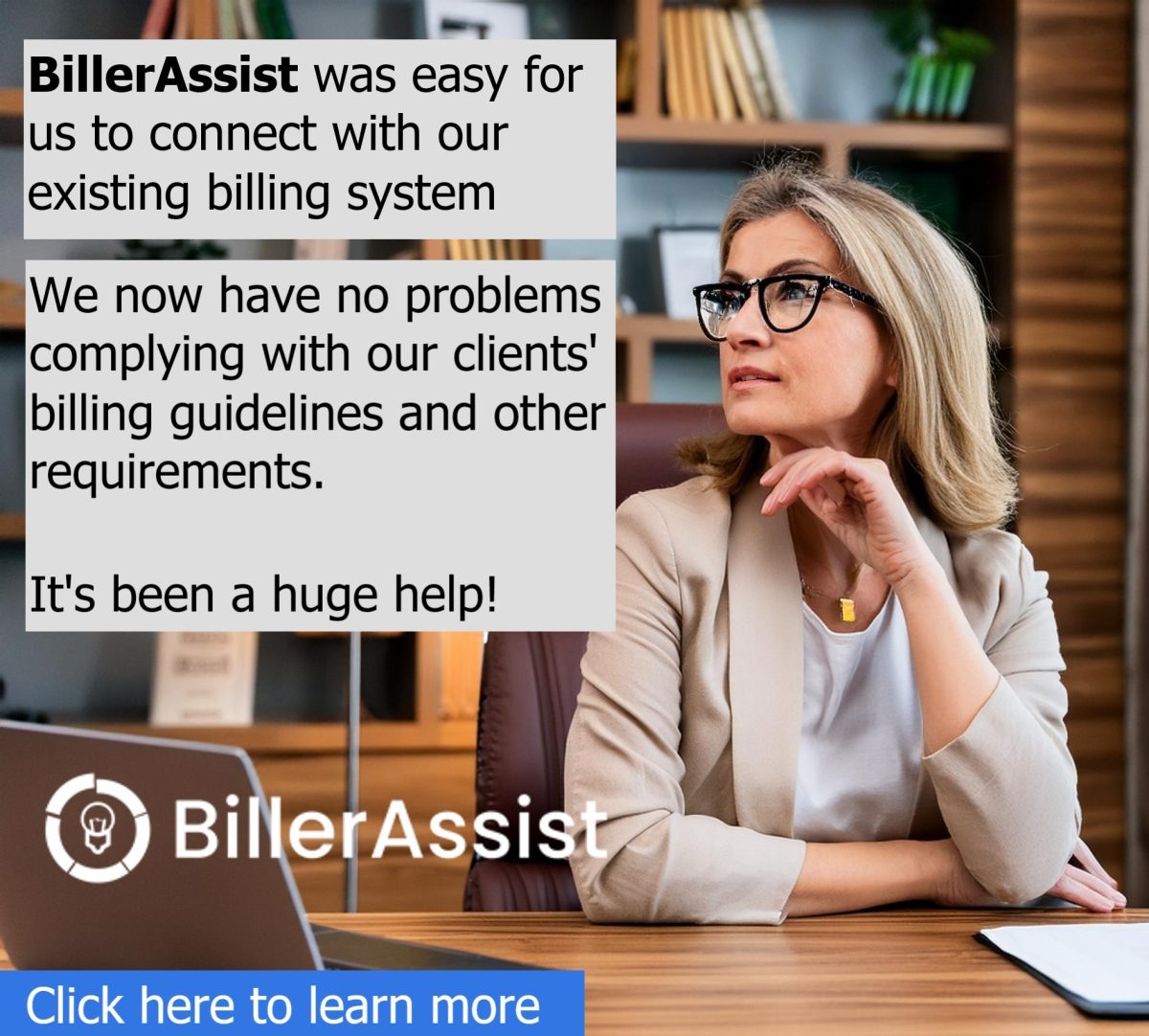How to Boost Your Law Firm’s Realization and Collection Rates
Cost control continues to be a hot topic in the legal sector, especially for most small and medium sized firms.
The recent economic turmoil led many clients to look more closely at their expenditures for legal services.
Many small and medium sized law firms have still seen their realization and collection rates steadily decline.
According to a report issued by Georgetown University Law Center and Peer Monitor, realization rates have declined to 84%.
This means that firms are not getting paid for 16% of legal services provided. Historically, law firm realization and collection rates have ranged between 90 and 95%.
In addition, as a recent Altman Weil Flash Survey revealed, companies have increasingly built up their internal legal functions due to cost pressures, resulting in “[m]ore than 85% of law firms finding that their strongest competition is coming from their clients.” Similarly, in their recent Legal Trends Report, Clio found that 31% of consumers feel that legal services are too expensive and 35% feel the end results don’t justify the expense.
The combination of these factors has put tremendous cost pressure on law firms. Law firms are increasingly turning to billing software to fix inefficiencies in their billing process and use data to increase profitability.
Taking a more data-driven approach has the potential to help firms overcome these two challenges. The right billing and practice management platform can help firms reclaim some of these lost billable hours.
Be Reasonable
Rule 1.5 of the ABA Model Rules of Professional Conduct offers guidance on what it calls reasonable billing. The rule “requires that the lawyer communicate with the client regarding the scope of the representation and the basis or rate of fees and expenses.” This communication of fees is preferred in written form but only mandated in written form for contingent fee cases.
But what is or is not a “reasonable” fee for legal services? Model Rule 1.5 lists eight factors to consider when making this determination.
1. The time and labor required for the matter, the novelty and difficulty of the questions involved, and the skill necessary to handle the matter properly.
2. The likelihood, if apparent to the client, that taking on this matter will preclude other employment by the lawyer.
3. The fee customarily charged in the locality for similar legal services.
4. The amount involved and the results obtained.
5. Time limitations imposed by the client or by the circumstances of the case.
6. The nature and length of the professional relationship with the client.
7. The lawyer’s experience, reputation, and ability.
8. Whether the fee is fixed or contingent.
Reasonable billing is important in this discussion of realization and collection rates. Clients continue to push back on rate increases.
And as billing rates have increased in the past decade, realization rates and collection rates have plummeted, down nearly 10% in the case of collection rates.
Therefore, trying to increase profitability through rate increases alone is not sufficient. Law firms should also focus on streamlining and improving other aspects of their billing and collections processes.
Capture Your Time
Being able to efficiently capture and record billing entries is, of course, important to consider.
As a more striking example, Clio’s recent Legal Trends Report found that “[d]espite working 50 hours per week, the average lawyer dedicates only 2.4 hours to billable work per day.”
Of course, being able to easily and fully capture billable time and expenses can greatly affect revenues. If a firm is only recording 70% of time committed to a matter, then 30% of legal services rendered aren’t even in play.
A number of legal billing software providers now offer lower cost solutions to streamline and automate firms’ billing processes. Most of these services offer both desktop and mobile functionality, giving firms the ability to record time and bill clients anywhere they have an internet connection.
But without a commitment from the law firm’s human resources—both attorneys and paralegals alike—even the easiest billing software solution will not be enough.
Plan and Execute
Increasing a firm’s profitability requires a billing process that is efficient and accurate. Sounds simple enough, but in practice, it can be difficult to get everyone in your firm to comply.
The American Bar Association recommends the following as it relates to billing and timekeeping:
A. Be descriptive
B. Avoid block billing
C. Proofread time entries
D. Track and enter your time daily
E. Record all your time
Paper timekeeping logs and complicated time tracking systems can and often do add further inefficiencies in this process. Recording time on loose pieces of paper or a myriad of digital documents over several different devices is a recipe for lost time and under billing.
Customer Focused Payment Solutions
Consumers of legal services want ease of use and transparency in billing. They come to expect this in other industries and express frustration when they don’t have that experience with their legal services providers.
Thirty-one percent of consumers want the ability to pay bills via the web, and 26% say they would rather use the web to check the number of hours their lawyer is spending on their matter.
Taking online payments often means faster payments and higher collection rates for firms. Solo and small firms get paid 39% faster when they accept credit cards. Many billing and practice management platforms allow clients to pay online and have more visibility.
Data Driven Solutions
The term “data-driven” has been a buzzword in most industries for years now. But what do we mean by data-driven?
In short, the term “data driven" means that data is collected and leveraged to inform business decisions.
As it relates to billing for legal services, law firms already use their billing data to gain insights into human resource utilization, such as hiring and firing decisions, and whether associates or paralegals might need more training in specific areas.
But billing data can also be used to improve realization and collection rates.
Major, Lindsey & Africa’s recent Industry Outlook cited “more firms using analytics to predict trends and measure practice development by applying advanced analytical tools to their own billing and financial information.”
In fact, larger law firms are becoming increasingly involved in developing software solutions, including in the context of legal billing and cost controls.
The issue has been, however, how might a solo or small firm aggregate and leverage this kind of data. In the past, the technology necessary to achieve this kind of data collection and analysis was cost prohibitive for all but the largest firms.
However, cloud computing has equalized access to a great degree of these valuable tools. Firms no longer need to commission white label software or build in-house solutions.
Imagine if you could tell your timekeepers in advance how much is likely to be billed for a set of tasks? Or if you could predict what a client will pay for, before you send in your bills?
Data-driven solutions – for large and small firms alike — are coming that would do exactly that.
For example, one legal technology company revealed a new application that uses artificial intelligence (AI) and machine learning for predictive billing, aimed directly at improving law firms’ realization and collection rates.
Even without such solutions, many billing platforms offer at least some limited form of data aggregation, reporting, and analytics.
Electronic time, billing and collection records can be analyzed giving firms an accurate view of their utilization, realization and collection rates. This information is vital to running a more efficient, profitable practice.
Conclusion
In a market climate where simply raising billing rates is not a desirable option to battle tightening margins, the solution to increasing profits for law firms is to increase realization and collection rates.
Key to doing so is implementing and executing clear procedures to streamline and organize your billing process.






